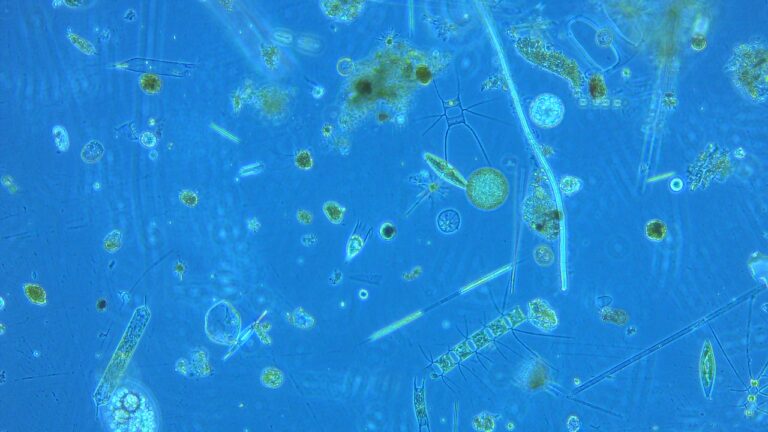Marine Science
Tracking turtle nesting grounds
Sea turtles nesting along Saudi Arabia’s Red Sea coastline highlight the need for emerging megacities to protect marine habitats.

Find out how KAUST researchers are working to protect endangered Red Sea turtles. © 2022 KAUST; Morgan Bennett Smith. /en/article/1271/tracking-turtle-nesting-grounds
Find out how KAUST researchers are working to protect endangered Red Sea turtles. © 2022 KAUST; Morgan Bennett Smith. /en/article/1271/tracking-turtle-nesting-grounds
Newly discovered turtle nesting sites in the Saudi Arabian Red Sea could help coastal megaprojects minimize their impact on these endangered species.
For a sea turtle hatchling, its chance of survival is often decided long before its first sprint to the sea. Nesting females require beaches that offer the best possible incubation conditions for their eggs, from sand color and moisture content to slope angle. “Steeper beaches are better because elevated nests are less likely to be flooded when the tide comes in,” says KAUST Ph.D. student Kirsty Scott. Human activities that disrupt any of these features could severely reduce the survival rates of this endangered species.

Furthering understanding of this endangered species’ nesting habits will help to establish better protection measures as coastal megaprojects are being developed.
© 2022 KAUST; Morgan Bennett Smith.
Saudi Arabia’s portion of the Red Sea has about 1,150 islands, yet only a few have been surveyed for sea turtles. These records are now decades old and the lack of recent data makes it difficult to predict and prevent potential ecological damage by coastal developments such as NEOM and The Red Sea Project tourist resort.
From March to November 2019, Scott and her team visited three undocumented beaches in the central Red Sea to look for signs of turtle nesting, such as tracks in the sand, actual nests and eggshells. Over 35 site visits, they identified three hawksbill turtle nests, two green turtle nests on the island of Um Mesk and two hawksbill nests on Abu Gisha. The third beach, Rabigh, was on the mainland and had no evidence of nests. “This was expected because it is next to a foraging reef that turtles migrate away from to breed,” explains Scott.
At each site, the team took sediment samples at the surface and at nesting depth in order to compare sand color, grain size and moisture content with that at known nesting sites, including the largest rookery on the Red Sea, Ras Baridi.
This information will help researchers better understand optimal nesting conditions and predict the impacts of global warming on hatchling survival.
“Seeing nests and tracks where they had never been recorded before confirmed our suspicion that nesting occurs along the whole Red Sea coastline,” says Scott. The discovery suggests that the myriad islands in this area could contain a large proportion of the Red Sea turtle population, raising questions about how to protect them.
“A wide-scale survey of all the islands off the Red Sea coast to look for nesting evidence and migration corridors will help us identify priority areas,” says Scott. As part of her Ph.D., Scott will use a drone fitted with an infrared camera to survey multiple islands at night to help estimate the number of nesting females.
References
- Scott, K., Tanabe, L.K., Miller, J.D. & Beruman, M.L. Newly described nesting sites of the green sea turtle (Chelonia mydas) and the hawksbill sea turtle (Eretmochelys imbricata) in the central Red Sea. PeerJ, 10, e13408 (2022).| article
You might also like

Marine Science
Tiny crabs glow to stay hidden

Marine Science
Mass fish deaths linked to extreme marine heatwave in Red Sea

Marine Science
Weeding out the secrets of Red Sea macroalgae

Bioscience
Digging into the world of plant-growth-promoting microbes

Marine Science
Rhodoliths found in a surprise location

Bioscience
Unique microbiome discovered in mountain streams

Marine Science
Examining phytoplankton’s past to reduce future algal blooms

Marine Science




